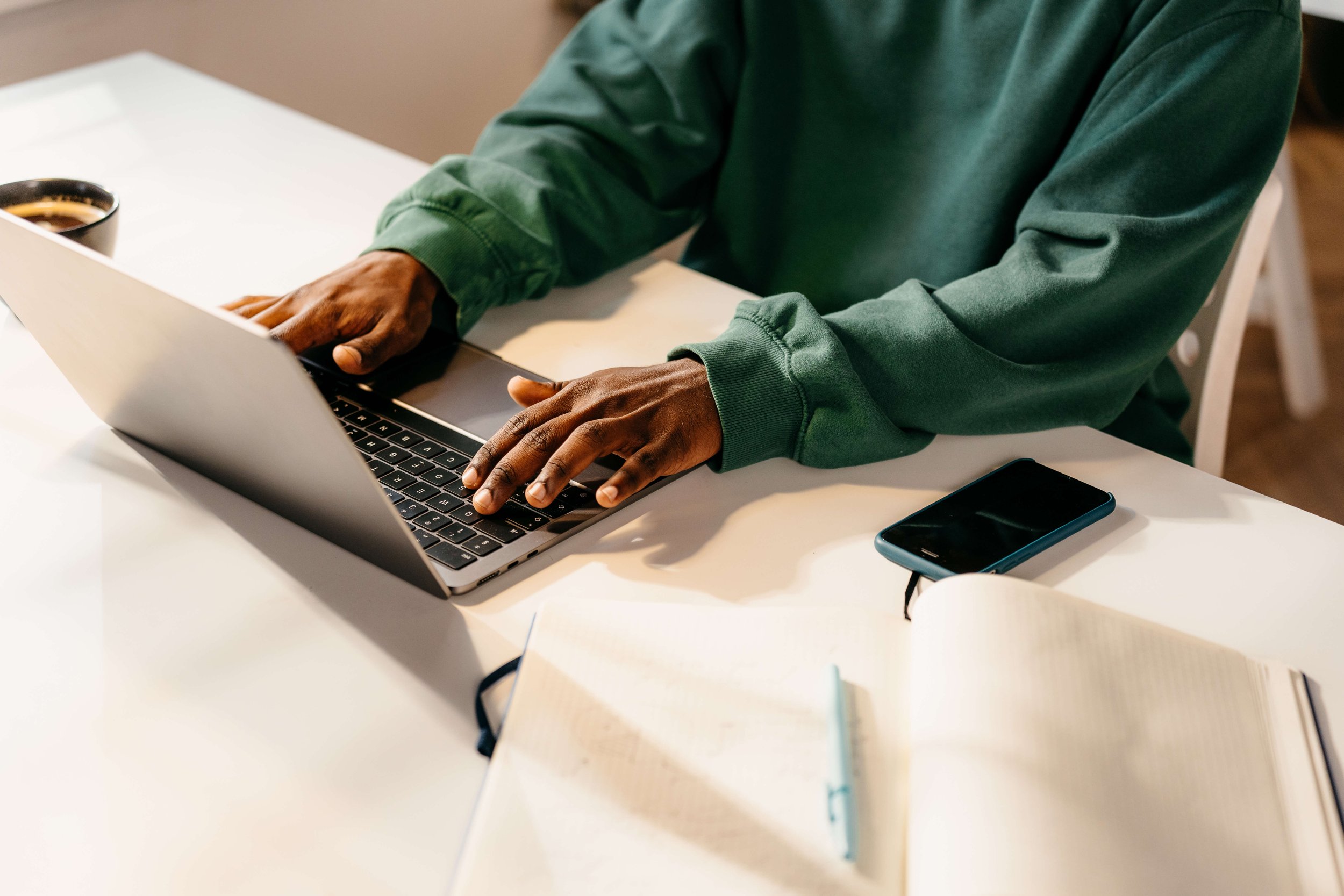AI Chatbot Experience Design – Lyra
Overview
Lyra is a productivity and task management platform designed to streamline work for individuals and teams. As part of a client project, I worked as a UI/UX Design Intern, focusing on enhancing feature discoverability, simplifying user flows, and elevating the overall interface clarity.
The original platform had powerful capabilities but users often struggled to find and utilize them efficiently. My goal was to declutter the interface, improve task visibility, and create a more intuitive, guided experience while keeping the product scalable and accessible.
Great tools shouldn’t feel like tools , they should feel like second nature.
Design Process
1. Heuristic Audit & Usability Review
I started by performing a heuristic evaluation of Lyra’s current UI. The insights were clear:
Navigation felt overwhelming with too many top-level actions
Task-related features were buried deep in tabs
Users hesitated on multi-step actions due to unclear flows
I synthesized pain points and proposed a priority matrix to re-align layout based on user goals.
2. Wireframes & UX Flow Mapping
I restructured the interface using a task-first mental model. That meant:
Grouping core actions near the primary workspace
Introducing contextual side panels for quick access to notes and deadlines
Reworking the dashboard to surface what matters most: due tasks, updates, and progress
I created wireframes in Figma and validated the flow with peers for intuitiveness and speed.
3. 🎨 Visual Design & UI Clean-up
I refined the visual language using:
Softer typography
Clear action buttons (primary vs. secondary distinction)
A muted color palette to reduce cognitive fatigue
Microinteractions for feedback (e.g., hover states, checkmarks, loading indicators)
Special care was taken to preserve scalability across desktop and tablet screens.
What I Learned
Working on Lyra gave me hands-on experience with real-world constraints balancing stakeholder priorities, technical feasibility, and design principles.
I learned how to:
Work within existing design systems while proposing improvements
Create layouts that scale with user complexity, not against it
Design for clarity, not just beauty especially in task-driven environments
I also sharpened my ability to listen to user behaviors, to feedback loops, and to what the product wasn’t saying out loud.


